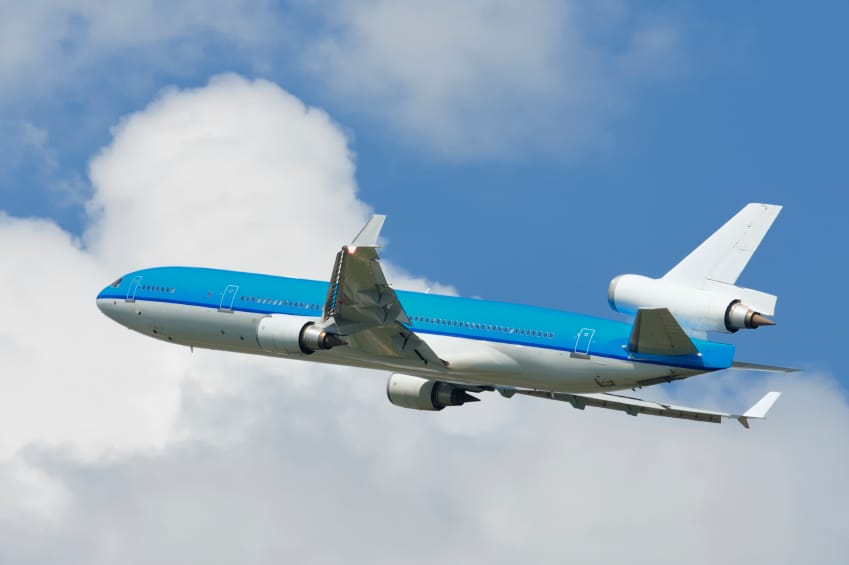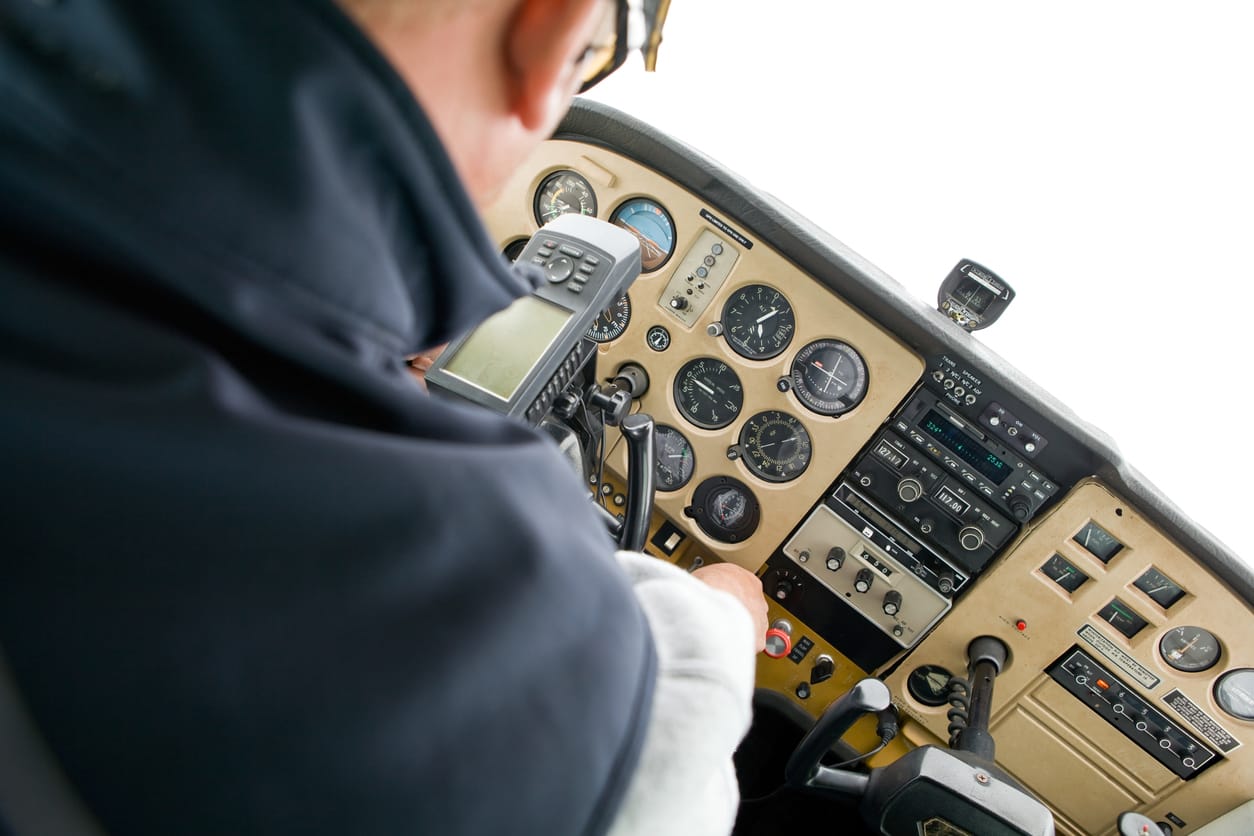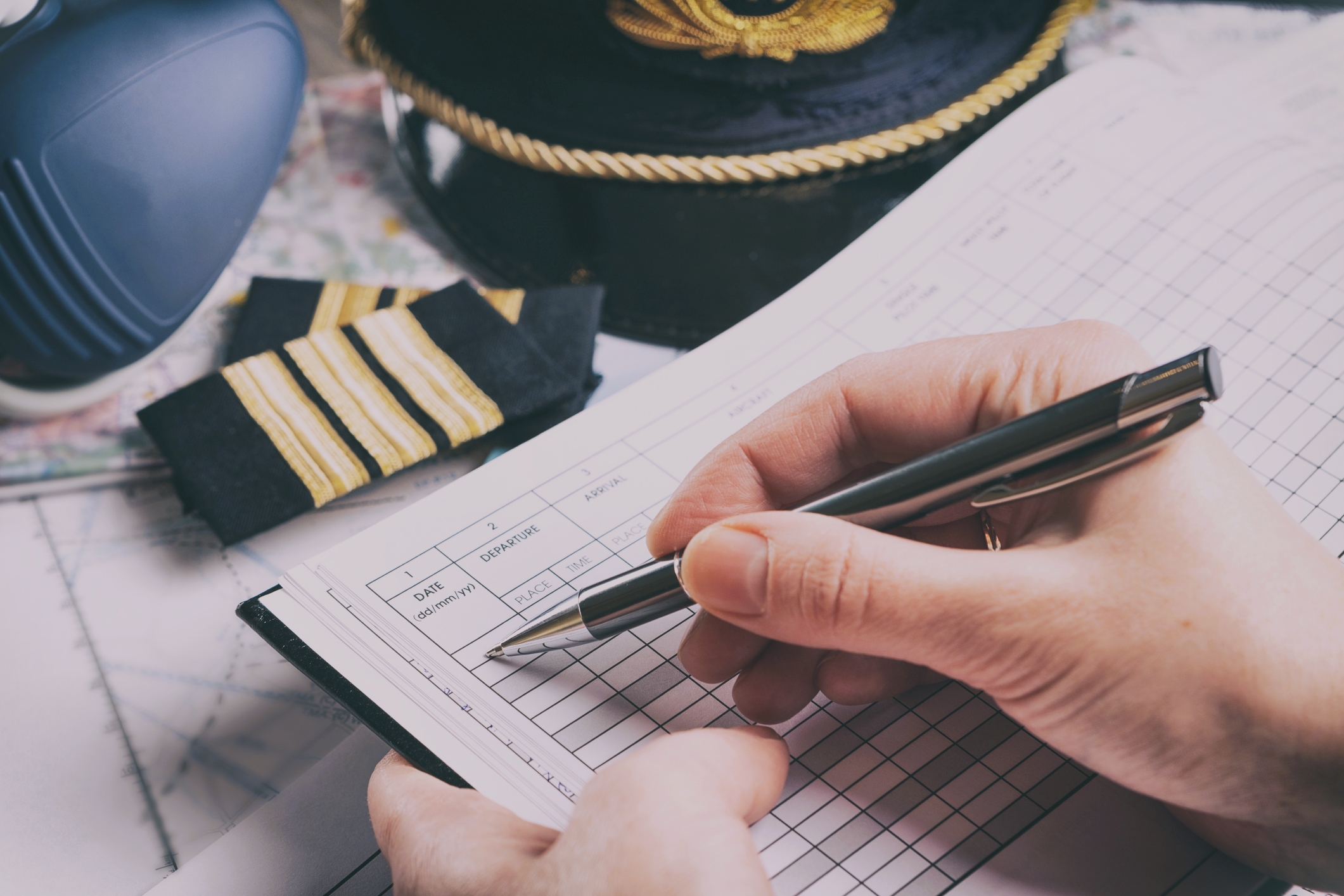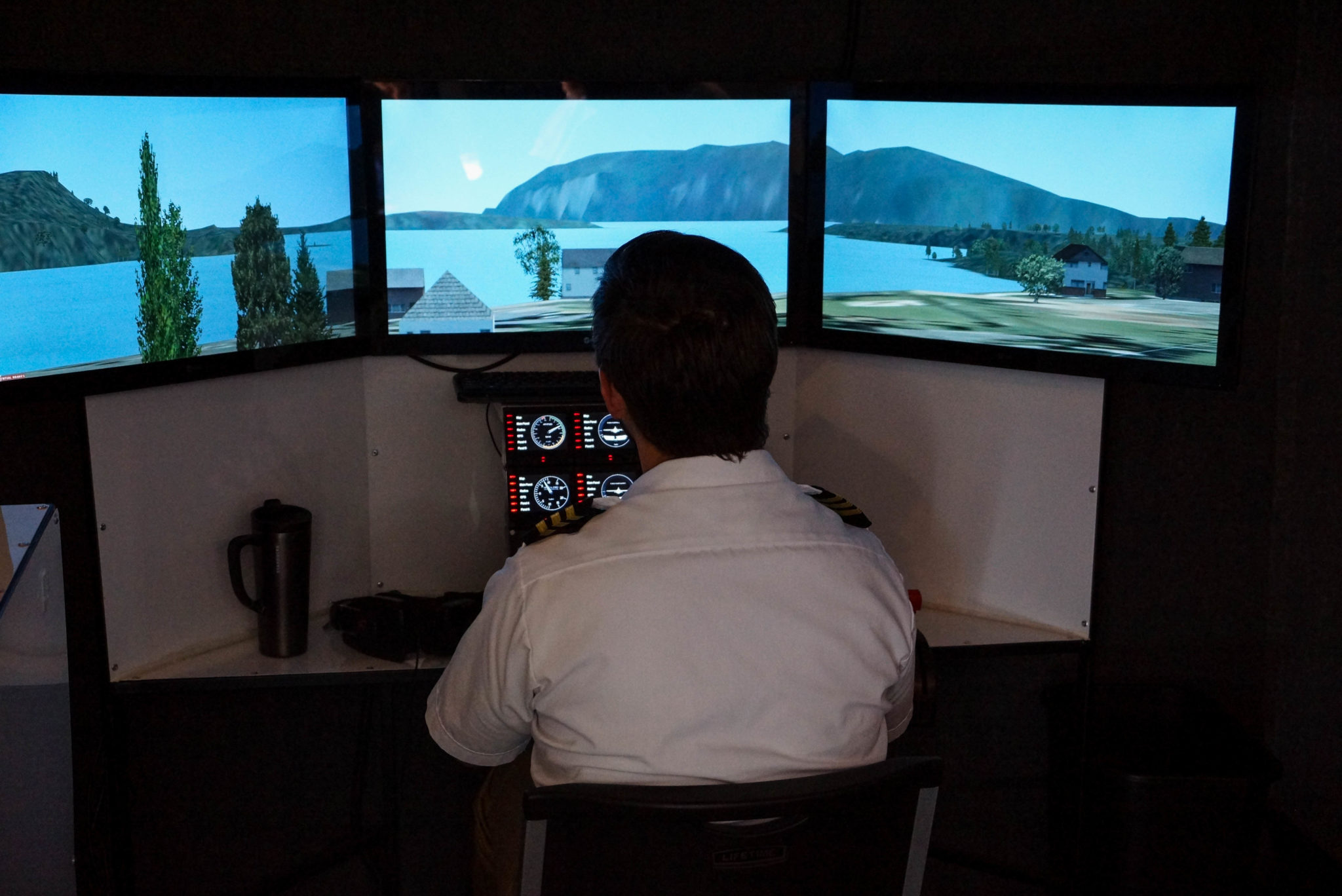When pilots use the term “your IFR” or “the IFR,” they are referring to “instrument rating requirements.” In aviation, “IFR” stands for “Instrument Flight Rules.” Having an IFR rating means that a pilot is authorized to fly in conditions of low visibility—specifically, with a ceiling below 1,000 feet above ground level, and/or visibility of one mile to less than three miles. Cloud cover is the enemy of most pilots, but by applying the rules of flying only by instruments, they can take off, cruise, and land safely under adverse weather conditions.
Knowing how to properly fly IFR not only expands the circumstances under which a pilot may aviate, it contributes to his or her ability to conduct a safe trip, even if it’s around the traffic pattern of a small airport. While holding an IFR rating is a must for pilots planning to fly professionally, hobbyists can greatly benefit from this training process as well.
What is IFR Training?
Pilots may earn their IFR in a number of ways. They can take a specific course at a flight school to achieve the rating after flying for a while under Visual Flight Rules (VFR), or, in rare circumstances, receive training as part of a job offer. Those in professional pilot degree programs are often able to earn their IFR early in their training, as it is a building block for other skills, ratings, and certifications. This helps to integrate the study of IFR in a more natural learning process.
IFR is best learned at a reputable flight school that combines ground school— or classroom sessions— with practice in the cockpit. Classroom topics include learning how to recognize weather dangers such as windshear, how to make sound decisions based on aviation forecasts, and basics of crew communication and resource management.
Learning to fly by instrument can’t be learned overnight, and aspiring IFR pilots should seek an institute that emphasizes safety, paying attention to sensory perceptions, and effective judging of weather conditions. Pilots earning their IFR must also receive specific instruction in Air Traffic Control (ATC) callouts, communications, and procedures; seeking training from qualified instructors who use these skills on a regular basis will, in turn, make you a better pilot.
Building Skills Beyond the Private Pilot Certificate
As flying IFR demands a great deal of concentration and aeronautical knowledge, it assumes the command of basic piloting skills. Therefore, only pilots who have either earned or are earning their private pilot certificate are permitted to undertake IFR training. Those entering an IFR training program must also demonstrate that they can speak, write, read, and understand English. A CFI must attest that the pilot is qualified to take a knowledge exam and a practical flying test, either in the air or in a simulator.
The FAA permits pilots studying IFR flying to build some time in simulators, but not all: While learning how to fly by instruments, a pilot needs to log at least 50 hours as the pilot in command in cross-country flights; of these, ten must have taken place within a real cockpit either in IFR conditions or with the use of a sight restriction known as a “view-limiting device” (VLD), or hood. Use of a hood blocks the pilot’s forward and peripheral vision, forcing him or her to rely only on what the instruments are relaying.
IFR Training Can Save Your Life
IFR training is highly valuable to all pilots, veteran airline captains as well as hobbyists because it provides the pilot with the ability to fly in low visibility conditions without making an unplanned landing. While flying IFR might cause anxiety to pilots who are first learning how to trust the instrument panel instead of what they see out of the cockpit window, skills learned in proper IFR training can save lives.
While weather forecasts are far more precise and reliable than they were even ten years ago, with some free weather apps predicting rainfall down to the minute on any smartphone, they are not always perfectly accurate. Especially in certain climates, weather conditions can change rapidly, even between regularly dispatched weather information. A pilot who can navigate deteriorating weather conditions, and to do so with confidence, takes advantage of technical innovations while also applying carefully studied aeronautical principles and targeting training.
IFR Training Makes You More Employable
While some work is available to pilots who don’t hold an IFR rating (who wants to fly an advertisement banner when the clouds are too low for anyone to see it?), the vast majority are not. Many job ads for pilots specifically mention an IFR as a minimum qualification; in fact, pilots with a commercial certificate but no IFR are not allowed to carry passengers long distances or after sundown.
Employers are aware of the work and time required to earn an IFR rating successfully and prefer pilots who have demonstrated that they have command of these skills. New pilots who wish to receive compensation for their flying almost automatically add in IFR training to their course plans, as even ads for “low time jobs” tend to ask for this rating.
IFR Training Makes Flying More Fun
Pilots are a special group. They not only enjoy the experience of seeing the world from above—working with the rest of the aviation community, they participate in, command, and control the experience. Fun as it is to enjoy a beautiful clear day in the cockpit, it can be just as fulfilling to manage your way from Point A to Point B working solely with what the aircraft is telling you.
Those with IFR training tend to more fully enjoy the piloting experience, as they don’t have to constantly worry about cloud buildup, inclement weather, or flying around piles of cumulous clouds while aloft. They can also plan travel and individual flights more easily, as their ability to fly in various kinds of weather is greatly enhanced. Building these skills, and the confidence that comes with that accomplishment, can make for a more relaxed flight.
Ready to soar in your aviation career?
Mr. Matthew A. Johnston has over 23 years of experience serving various roles in education and is currently serving as the President of California Aeronautical University. He maintains memberships and is a supporting participant with several aviation promoting and advocacy associations including University Aviation Association (UAA), Regional Airline Association (RAA), AOPA, NBAA, and EAA with the Young Eagles program. He is proud of his collaboration with airlines, aviation businesses and individual aviation professionals who are working with him to develop California Aeronautical University as a leader in educating aviation professionals.




